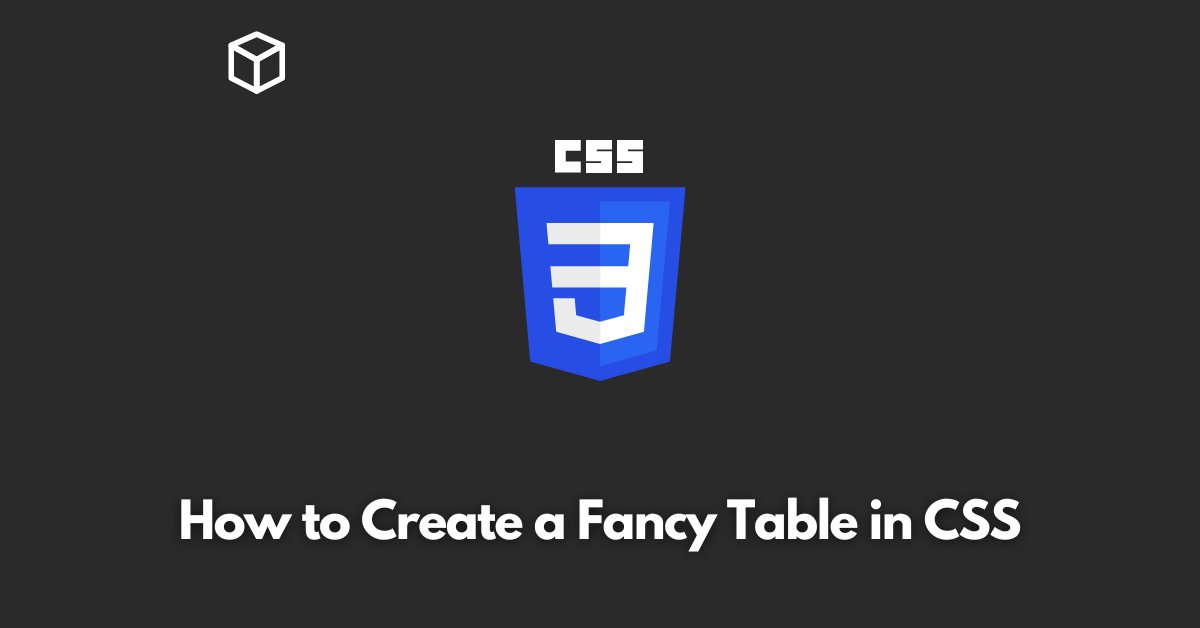Creating a fancy table in CSS can be a great way to add visual interest to your website or application.
With a few simple CSS styles, you can create tables that are both functional and visually appealing.
In this CSS tutorial, we’ll take a look at how to create a fancy table in CSS and provide some code examples to help you get started.
Introduction to CSS Tables
Before we get started with creating a fancy table, let’s first take a look at the basics of creating tables in CSS.
In HTML, tables are created using the <table> element, which is used to define the table structure.
Within the element <table>, you can use the <tr> element to define table rows and the <td> element to define table cells.
To create a basic table in CSS, you’ll need to define some styles for the table, rows, and cells.
For example, you might define a background color for the table, a font size for the cells, and a border for the table.
table {
background-color: #dddddd;
border: 1px solid #cccccc;
font-size: 14px;
}
tr {
background-color: #ffffff;
}
td {
padding: 10px;
border: 1px solid #cccccc;
}Creating a Fancy Table in CSS
Now that you have a basic understanding of how to create tables in CSS, let’s take a look at how to create a fancy table.
There are many ways to create a fancy table, but in this post, we’ll focus on using CSS to add some visual interest to the table.
One way to create a fancy table is to use CSS to add hover effects to the rows. For example, you might use the :hover pseudo-class to change the background color of the row when the user hovers over it.
tr:hover {
background-color: #f2f2f2;
}Another way to create a fancy table is to use CSS to add alternating row colors. This can help to break up the table and make it easier to read.
tr:nth-child(even) {
background-color: #f2f2f2;
}You can also use CSS to add a gradient effect to the table, to make it look more modern and stylish.
table {
background: linear-gradient(to bottom, #ffffff, #dddddd);
}You can also use CSS to add a border radius to the table cells to create a rounded corners effect.
td {
border-radius: 5px;
}Conclusion
Creating a fancy table in CSS is a great way to add visual interest to your website or application.
With a few simple CSS styles, you can create tables that are both functional and visually appealing.
In this tutorial, we’ve looked at some examples of how to create a fancy table in CSS, including how to add hover effects, alternating row colors, gradient effect, and border radius to the table cells.
I hope this tutorial has given you some inspiration for your own projects and encourages you to explore the possibilities of CSS tables.




